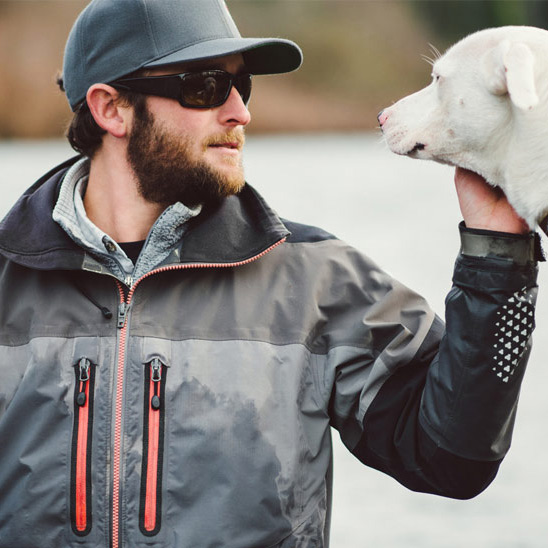These enlarged prostate treatment options can alleviate uncomfortable symptoms and improve quality of life.
The symptoms related to benign prostatic hyperplasia (BPH), also known as an enlarged prostate, can be frustrating and painful. In some cases, the issues of frequent urination, difficulty going to the bathroom, weak output or the inability to empty your bladder can be a daily annoyance. But as symptoms progress, they may lead to kidney damage or other serious health issues. Several procedures can bring relief, however. The choice of enlarged prostate treatment option is based on factors that are unique to you.
“I think one of the difficult things for guys is to talk about some of these problems,” said Nick Kavoussi, M.D., of Vanderbilt Urology. “And I think a lot of them have been dealing with this stuff for a long period of time. They sort of accept that this is part of their life. And to a degree that’s true. But that doesn’t mean that there aren’t ways we can help.”
We asked Dr. Kavoussi to explain the procedures available to treat enlarged prostate and why someone might be a good candidate for one procedure over another.
- HoLEP. Holmium laser enucleation of the prostate (HoLEP) is a procedure that is suitable for prostates of any size, Kavoussi said. “If you can imagine the prostate as like an orange or a grapefruit,” he explained, “really what we’re trying to do is core out all the pulp because the pulp is the stuff that’s blocking up the urethra.”
- TURP. Transurethral resection of the prostate (TURP), which has been the gold standard for the past half-century, Kavoussi said, is a procedure typically performed on enlarged prostates that are on the smaller end of the spectrum. “The TURP is a way of using electrocautery to scrape out the inside of the prostate,” he explained.
- UroLift. “UroLift is a suture with two anchors on the end that is fired through the prostate,” Kavoussi said. “It pulls the obstructing lobes of the prostate back like one would pull curtains back.” UroLift is not suitable for patients who have large prostates, however. The procedure is a good choice for individuals who don’t want to undergo more extensive surgery for various reasons, such as being on blood thinners or because of underlying conditions, Kavoussi added. “Some people will do it in the clinic or office,” he explained. “You’re either slightly sedated or awake, rather than having to undergo an anesthetic.” Compared to other procedures, however, Kavoussi said, researchers don’t have long-term data on the success rate of UroLift.
- Rezum. Another clinic-based procedure, Rezum uses water vapor therapy to ablate the prostate tissue that’s responsible for blocking urine output.
- Robot-assisted laparoscopic simple prostatectomy. For patients who have a really large prostate or bladder stones, the robot-assisted laparoscopic simple prostatectomy offers a solution. “What we do,” Kavoussi said, “is a minimally invasive surgery through the abdomen using the surgical robot to take out the big prostate.”
Which enlarged prostate treatment is best?
Kavoussi said the primary considerations for selecting a treatment option involve the size of the prostate, the patient’s general overall health and their other health conditions. “And without a doubt, there’s some impact on sexual function,” he added. The risk with some prostate procedures is the potential loss of the ability to ejaculate. “For someone who is super concerned about that,” Kavoussi explained, “the UroLift might be a good fit for them because UroLift actually preserves all that while the other surgeries don’t.”
Another factor involves symptom severity. Someone who has milder symptoms that are becoming bothersome might be a good candidate for a UroLift, Kavoussi said. But if a patient is having a multitude of issues that are impacting their health and quality of life, a prostatectomy might be the better solution.
The bottom line, Kavoussi added, is to see your urologist to talk through your options. “Whether it be lifestyle changes, medications or surgeries,” he explained, “we’re willing to work with them to figure out the best treatment possible for them.”

Talk to your doctor if you have signs and symptoms of an enlarged prostate or visit Vanderbilt Urology to review options.

